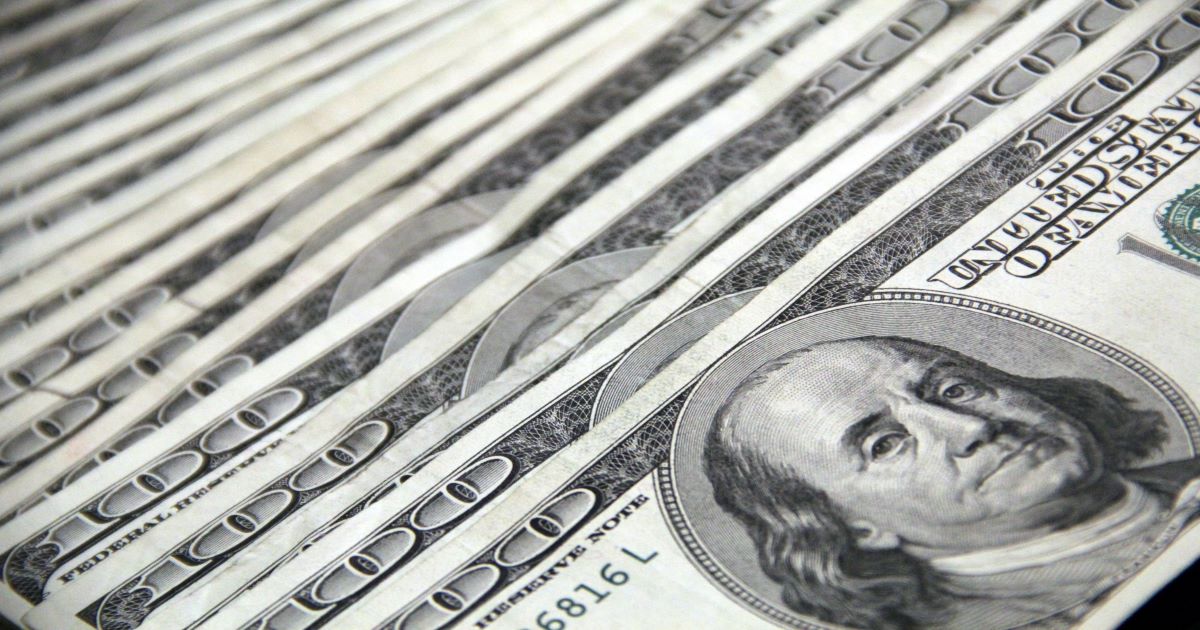Get Funding from the CARES Act: What You Need and What’s Important
During this unprecedented time of global pandemic and economic standstill, our government has issued an unprecedented financial aid for employers to...
3 min read
Abby Crimm : May 5, 2021 4:10:04 PM PDT

Hands-on continuing education can play a significant role in distributing updated knowledge to medical professionals, helping narrow the evidence-practice gap.
In 1747, Dr. James Lind looks around, I imagine, at the rows of miserable sailors lying at the bottom of a ship. The "fungeous flesh . . . putrid gums . . . and dreadful terrors"1 that ail these men threaten imminent death. He makes his rounds, treating each with his prescribed remedy, the doctor's hope resting in proof of a cure.
And Dr. Lind did make a difference—eventually.
As an 18th-century sailor, disease was much more likely to kill you than a bullet or canon of the enemy. Specifically, scurvy established itself as the #1 killer on the sea, reportedly taking 1,300 of 2,000 lives during one English naval expedition of the 1740s.
Onboard the HMS Salisbury in 1747, Dr. James Lind carried out one of the first controlled clinical trials recorded in medical science. He took 12 men suffering from similar symptoms of scurvy, divided them into pairs, and treated them with remedies suggested by previous writers:

By the end of the week, those on citrus fruits were well enough to nurse the others (lack of vitamin C being a main cause of scurvy). Dr. Lind's findings were reported in his "Treatise on the Scurvy," published in 1753.
Here's the rub—it was not until 42 years later that navy leadership first issued an order for the distribution of lemon juice to sailors.
Why did they not act upon Dr. Lind's discovery earlier?
Unfortunately, the fact that the medical field is generally slow to implement new knowledge hasn't changed that much since Dr. Lind.
For example, McGlynn and colleagues observed that patients in the US received 55% of recommended care, and that quality varied by medical condition ranging from 79% of recommended care for senile cataract to 11% of recommended care for alcohol dependence.2
Similar results are reported globally in both developed and developing areas, in both primary care and specialty care, and in care provided by all disciplines.3 As a result of these evidence-practice gaps, most patients don't benefit from advances in healthcare, leading to poorer quality of life than what could have been.
In addition to the limited use of effective treatments, there is also evidence that around 20% to 30% of patients may get care that is not needed or care that could be potentially harmful.4
Because of these evidence-practice gaps, patients are exposed to unnecessary risks and healthcare systems are exposed to unnecessary costs.

Research suggests that common barriers for healthcare professionals in implementing new findings include issues relating to knowledge management:
Other barriers may operate at other levels of a healthcare system. These include:
That's enough of the bad news. We recognize the problem.
Fortunately, there are many ways of helping more medical professionals feel confident about applying up-to-date practices for an elevated standard of care.
Here at Viticus Group, we believe that hands-on continuing education for both veterinary and human health professionals is one of the best ways to transfer the latest knowledge into the clinical setting. High-quality education events for medical teams solve many of the barriers listed above:

It's a sad picture, thinking about all the seamen who died of scurvy between the publication of Dr. Lind's findings and the time it was implemented. It doesn't have to be that way.
We make it our mission to elevate animal and human lives worldwide, and that starts with hands-on training for veterinary and human health professionals everywhere. Apply the latest medical research findings faster with CE for the whole team.
1 Admiralty Library, Naval Historic Branch
2 McGlynn EA, Asch SM, Adams J, Keesey J, Hicks J, DeCristofaro A, Kerr EA: The quality of health care delivered to adults in the United States. N Engl J Med. 2003, 348: 2635-2645. 10.1056/NEJMsa022615.
3 Grol R: Successes and failures in the implementation of evidence-based guidelines for clinical practice. Med Care. 2001, 39: II46-II54.
4 Schuster MA, McGlynn EA, Brook RH: How good is the quality of health care in the United States? 1998. Milbank Q. 2005, 83: 843-895. 10.1111/j.1468-0009.2005.00403.x.
Check out the new courses coming up in 2021 WVC Academy, taught by experts in state-of-the-art lab facilities!
Content may contain advertising and sponsorships. Advertisers and sponsors are responsible for ensuring that material submitted for inclusion is accurate and complies with applicable laws. We are not responsible for the illegality of any error, inaccuracy, or problem in the advertiser’s or sponsor’s materials.
Advertising material and/or opinions are not a reflection on Viticus Group.

During this unprecedented time of global pandemic and economic standstill, our government has issued an unprecedented financial aid for employers to...

In the latest Facebook Live event, Viticus Group brought together Dr. Jennifer Ogeer, Dr. Peter Weinstein, and Dr. William Schaffner to provide...

Healthcare professionals, both veterinary and human, need to know they're not alone. Heroes need help, too.